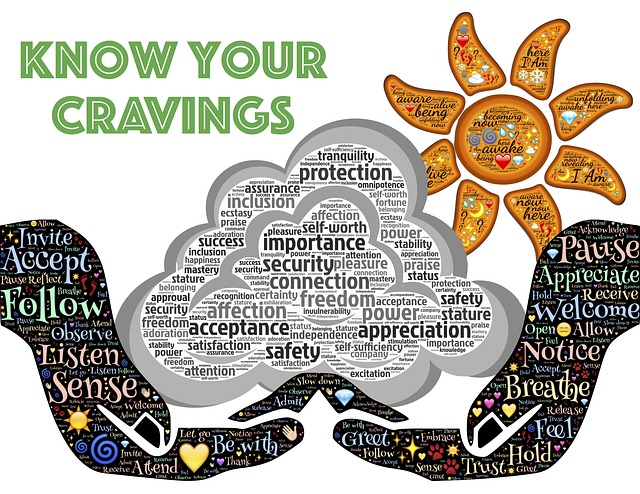I recently experienced a challenging event involving a relative, and both my wife and I were shocked by the unexpected turn of events. This led me to search for mindfulness resources on facing life challenges and related shock. My research turned up an article by Melli O’Brien, known fondly as Mrs. Mindfulness. Melli’s article is titled, How to Use Mindfulness in Times of Crisis and Challenge.
Melli shared her personal experience of challenge and shock resulting in a personal crisis for herself and her partner. In the space of one week, her partner’s uncle died, and his father suffered a life-threatening heart attack that resulted in many hours spent by Melli and her partner in the Intensive Care Unit (ICU) of a local hospital. Melli recounts how she used mindfulness to deal with this crisis in her life. She describes how she drew on techniques learned through the Mindfulness Summit (for which she is a host, co-founder and speaker), as well as her daily mindfulness practice. Melli summarises these techniques in terms of five main mindfulness methods that she and her partner employed to deal with the life crisis that was confronting them.
Five mindfulness techniques for life challenges and shock
- The 3-Breath Hug – Melli mentioned that this technique was introduced during the Mindfulness Summit by Kristen Race. It basically entailed hugging each other for the equivalent of three breaths. Melli explained how this simple mindfulness practice enabled her and her partner to ground themselves and provide each other with support and love. In my recent crisis, involving a relative who rolled their car at 70 kph, my wife and I spontaneously hugged each other and the relative in turn, to express our gratitude, support, understanding and empathy. This simple process can be incredibly grounding when you are awash with multiple emotions associated with shock.
- A mindful mantra to accept what is – Melli used the mantra, “This Too”, as a way to express acceptance of the reality of the present moment and to overcome resistance to “what is”. She explains that it is self-defeating to fight the emotions of fear, anxiety, and a sense of loss that accompany a life challenge and the associated shock. In a previous post I discussed Tara Brach’s approach to this acceptance in terms of saying “yes“ to what we are feeling now.
- Conscious breaths – Melli describes this as “one conscious breath” but mentions that it may involve more than one breath taken consciously. Conscious breathing is a mindfulness technique recommended when people are experiencing anxiety. It is often used at the beginning of a meditation as a way of being grounded.
- Creative connection – Melli refers to the session at the Mindfulness Summit conducted by Danny Penman who introduced “colouring in” as a daily practice to develop creativity along with mindfulness. So Melli and her companions used the time in the waiting room at the hospital to create coloured pictures to relieve the emotional stress of waiting and to provide some colourful pictures for the hospital room of her partner’s father.
- Maintaining daily mindfulness practice – Melli was able to continue her daily mindfulness routine to nurture and nourish herself as the life challenges and stress tended to drain her energy. As she points out, our typical response in times of acute stress is to stop our mindfulness practices, over-indulge in food and alcohol and generally seek ways to substitute pleasure for the pain of facing up to our emotions.
As we grow in mindfulness through various practices that help to ground us and give us renewed strength, we are better able to handle life challenges and related shock. We can develop acceptance of the challenges and learn to live with the intense emotions involved.
____________________________________________
Image by Pete Linforth from Pixabay
By Ron Passfield – Copyright (Creative Commons license, Attribution–Non Commercial–No Derivatives)
Disclosure: If you purchase a product through this site, I may earn a commission which will help to pay for the site, the associated Meetup group and the resources to support the blog.





